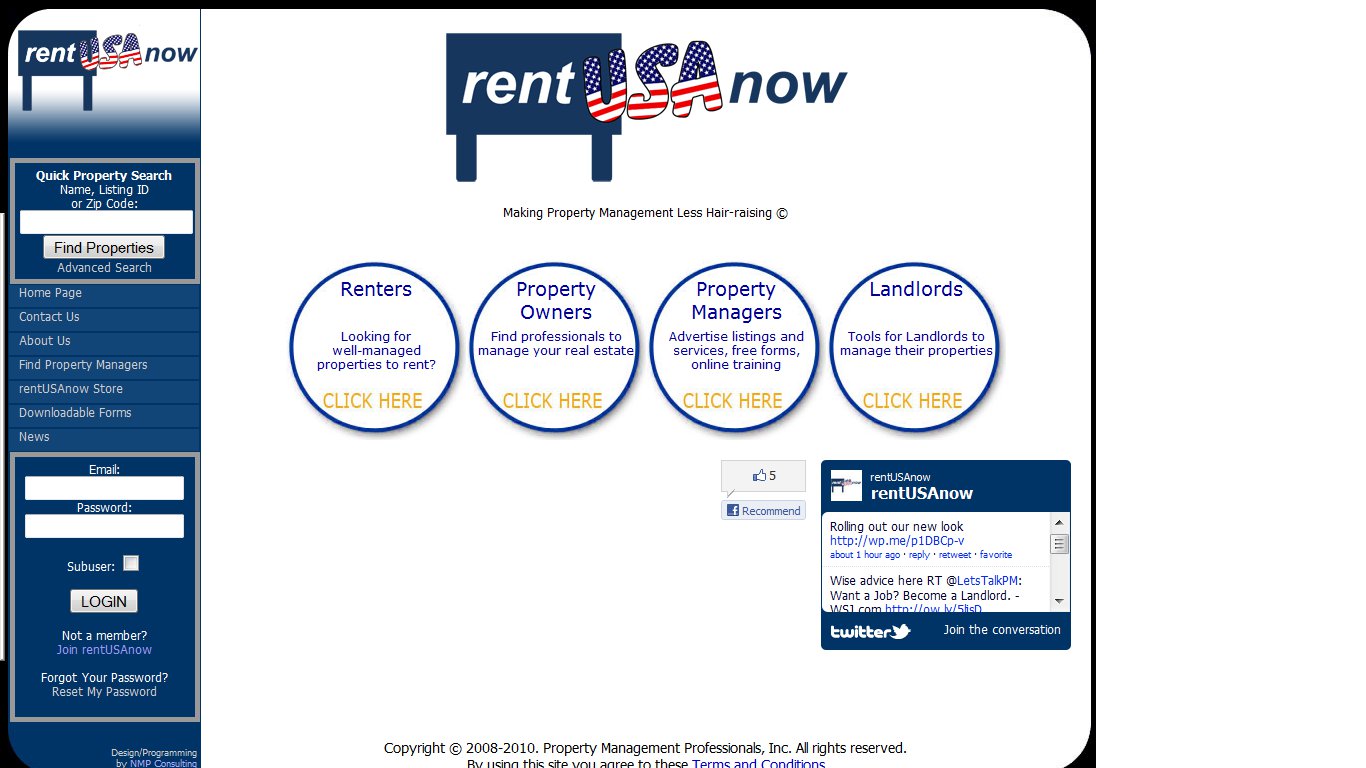 10. Do you charge a leasing fee?
10. Do you charge a leasing fee?
Why is this important? Many managers simply charge the percentage of rents as their fee regardless of whether or not they have to secure new tenants during the term of their management agreement. Many other managers are willing to charge a lower percentage of collected rents but will add a leasing fee to their agreements. Leasing fees can add up to a substantial amount of money, effectively more than the difference between 8% with a leasing fee and 10% without a leasing fee, so it must be considered in any financially-based decision to hire a manager. Some leasing fees are charged with every new lease written while others are charged once in the same calendar year for the same property. Don’t assume you are getting a great deal because a property manager has agreed to manage your properties for a lower percentage than others you have spoken to. Ask about the leasing fee.
11. Do you require that I give you a deposit to hold for property repairs?
Why is this important? Some property managers require that you allow them to hold additional monies for “future” repairs as they may arise. This repair deposit is generally between $200 and $500 dollars (often more for a high-end property) and will be used by the manager to pay repair people who perform general wear and tear repairs on the property during the tenancy of the tenant. This provides some funds for the property manager to pay repair bills on your behalf if the collected rents will not cover them completely, or if there is a delay between when the rents are collected and repair invoices are due to be paid. If you have more than a single rental property, or if that single property has a high income rental rate, then it is generally unnecessary for you to provide a repair deposit to the property manager.
Remember, also that it is generally considered fair and reasonable to ask that a tenant pay a deposit that is equivalent to a month’s rent. Often a smaller additional deposit is required if the tenant has a pet, in the event that the pet causes additional damage to the property. Your property manager will generally hold these deposits in trust for you and will act according to local law and regulation to deduct repair and damage costs from it upon the tenant vacating the property. Carefully consider the reasons why a property manager says that a repair deposit from you is necessary because that will be income that will be unavailable to you for the duration of the property management contract.
12. Will you please send me a copy of your typical property management agreement?
Why is this important? Even my list of tips is not exhaustive. There may be clauses in the property management agreement that you don’t like. Never hire a manager without first looking at the type of agreement you will be required to sign. Also, and people forget this constantly, if the property manager (or the property manager’s legal advisor) wrote the agreement, it is definitely going to be written in a way that fully protects the property manager, not you. You can ask that clauses be added to protect your interests as well. So secure a copy of the contract and get some legal input on where your risks are and how to guard against them by adding additional language to the contract. Getting a copy of the property management agreement in the interview stage allows you to compare the contracts of the managers on your short list and can help you make your decision.
Stay tuned for Questions 13 through 16, up next…!





